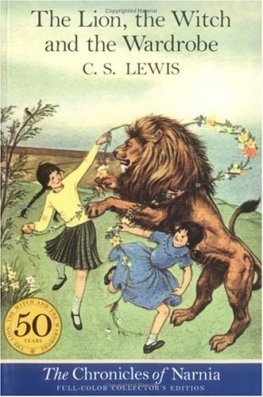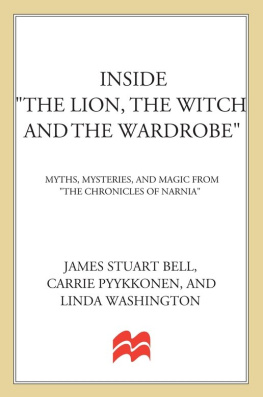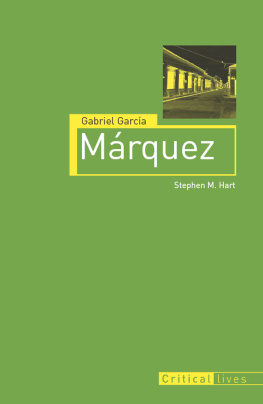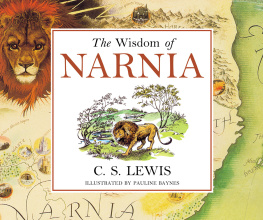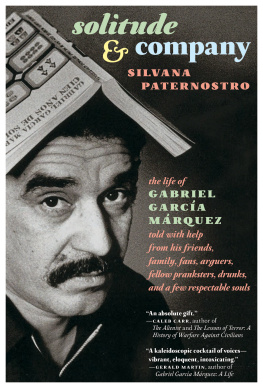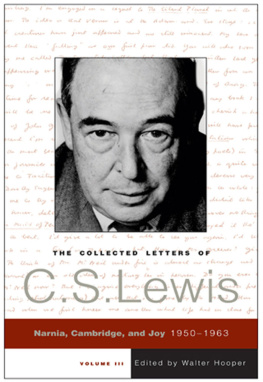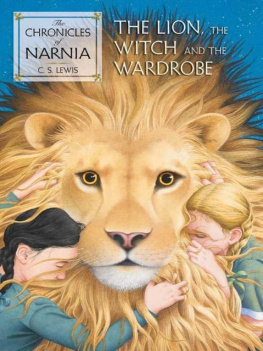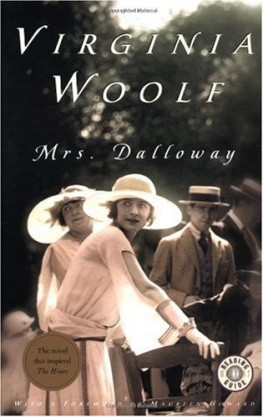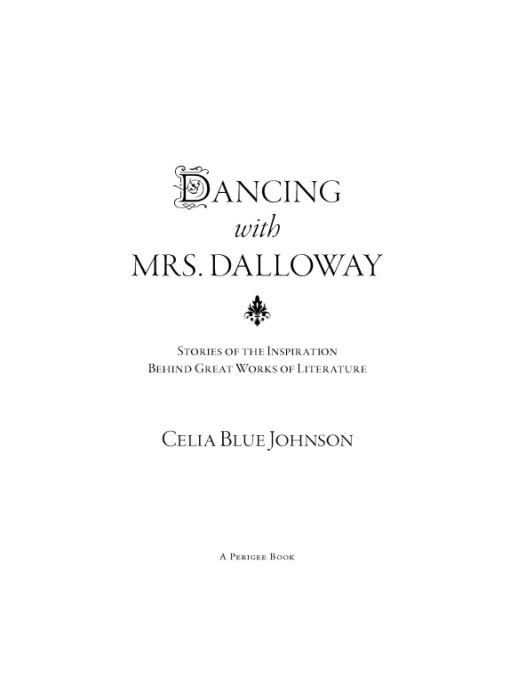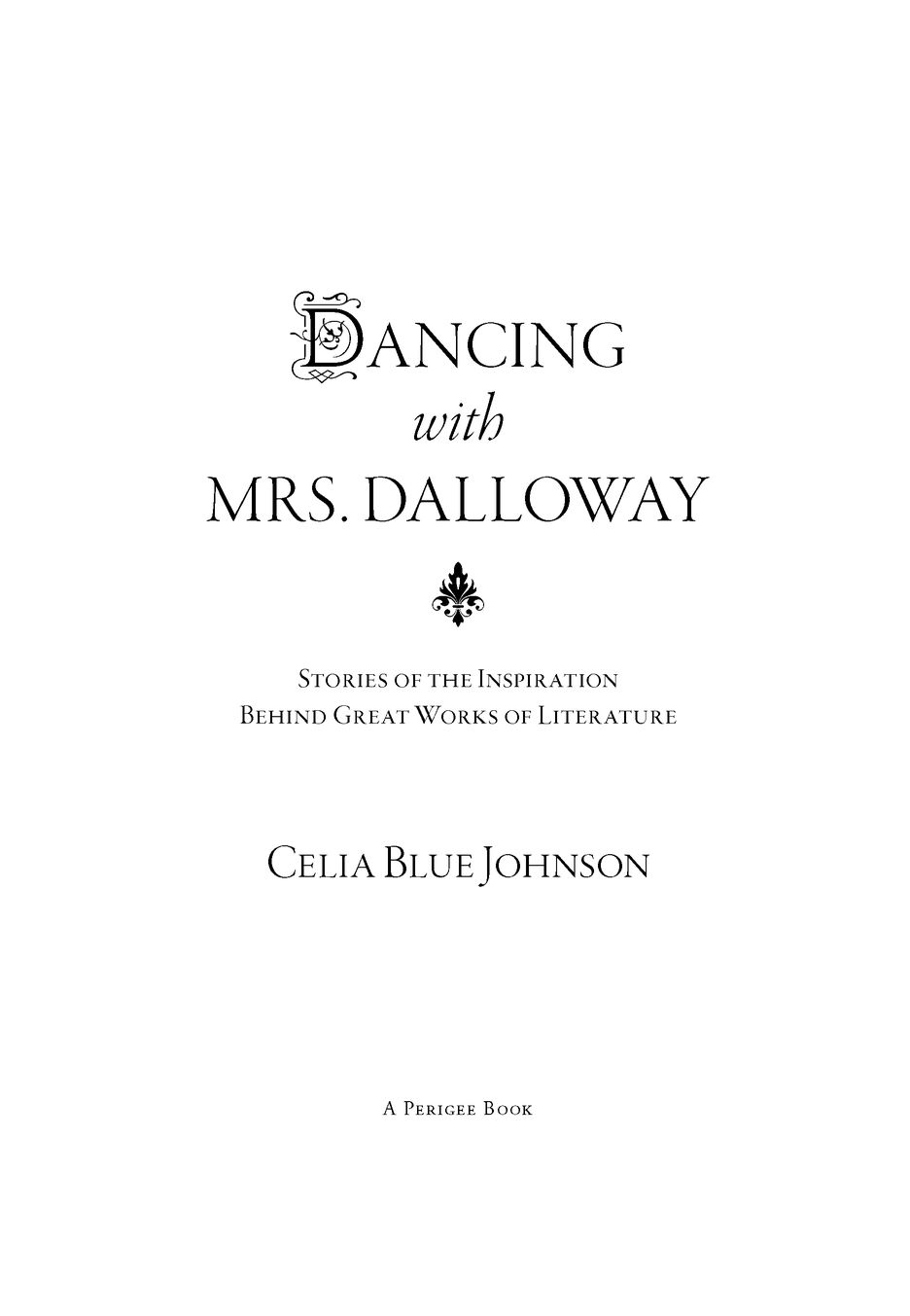Table of Contents
To Mum and Dad,
for encouraging me to be inspired
INTRODUCTION
I HAVE ALWAYS BEEN A WILLING PARTICIPANT IN THE ART OF fiction, eagerly following a trail of words wherever they might lead, and I often wonder how a writer arrived there before me. There was no path carefully etched for them. Instead they had to forage through the vast possibilities in their imagination to arrive at one specific idea, a concept they chased with fierce determination from the beginning of a story to its end.
One cold winter day, I finished reading Mrs. Dalloway for the third or fourth time and decided to investigate what happened before page one. I traced the steps that Virginia Woolf took to create her polished socialite and soon discovered that there was a real-life Mrs. Dalloway, a woman just as complex as her fictional counterpart. Then I began to speculate about the origins of all my favorite books. So I set out to track down the bright sparks of inspiration that prompted great writers to pen their famous works of literatureand this book is the result of that quest.
None of the writers I studied share the same road to creative genius. Each book is drawn from the intricate fabric of imagination, experience, and, often, pure chance. What these authors do have in common, though, is an intense desire to seize inspiration the moment it appears. And it usually arrives when least expected, whether it is at a surprise meeting with a stranger, while daydreaming during a lull in the day, or in the middle of reading a fairy tale aloud. Ideas can turn up anytime, and they are as unique as the stories they inspire.
The essays in this book are all based on rigorous research, but I would hesitate to assert that any of them defines precisely what spurred an author to write. After all, it is impossible to place ourselves within the minds that produced these literary fireworks. We have to settle for witnessing the display from a distance, through first- and secondhand accounts. And it is important to remember that the same writers who tell us about their inspiration are also master storytellers. They know exactly how to take a simple tale and add a twist to make it a little more interesting. Oftentimes, authors and their friends and family members have conflicting memories of definitive moments in literary history. There is no way to tell which version is correct, and perhaps they all are. It is very difficult to pinpoint the exact truth behind any of these books. What we can do, though, is study the events that led to each novel and appreciate the stories that have been told about their composition.
These accounts may amount to literary myths, but they capture the spirit of creativity. They also reveal that inspiration could be lurking around any corner. Ideas are often fleeting, overwhelming one moment and forgotten the next. But if you are ready, you might be able to grab hold of lightning when it strikes.
WHEN LIGHTNING STRIKES
The difference between the almost right word and the right word is really a large mattertis the difference between the lightning bug and the lightning.
MARK TWAIN, IN A LETTER TO GEORGE BAINTON
COUNTLESS MEDIOCRE IDEAS HAVE BEEN SCRUNCHED UP AND tossed into wastepaper baskets over time. Every writer knows the agony of waiting for inspiration to arrive. It is possible to sit at a desk for eternity, head burrowed into hands, with no guarantee that lightning will strike. Yet sometimes, out of the darkness, there is a big, bright burst. It might be a concept, a simple image, a line of text... whatever form it takes, it is enough to propel a writer to action. And it might just be the flint for an enduring novel.
Strangely enough, many literary treasures were born suddenly out of mundane tasks. Gabriel Garca Mrquez was driving his car, J. R. R. Tolkien was grading papers at school, and E. B. White was carrying a pail of pig slop. These duties would have been forgotten without a second thought if inspiration had not struck with great force. Instead, they became literary milestones.
In the following pages, some book concepts erupted after simmering in the back of an authors mind, and others seemed to arrive out of nowhere. What they share in common is that magical moment, a snippet in time that altered a writers career forever.
Anna Karenina
1875
LEO TOLSTOY
LEO Tolstoy sat back on a sofa in the grand home he had lived in since childhood. The estate was called Yasnaya Polyana, and it lay about 125 miles away from Moscow. It was twilight and the birch trees that lined the dirt roads were barely illuminated in the dying light. Tolstoy had just finished dinner and his full stomach had a somnolent effect. As he drifted toward sleep, he was struck by a vision. It was a bared female elbow, and Tolstoy found that he could not look away. He watched a figure grow around the elbow. She stood before him in a stylish ball gown, and despite the party attire, there was sorrow on her beautiful face. The vision haunted Tolstoy and he felt compelled to tell the story behind his fleeting daydream. Tolstoy never mentioned when he received this fateful visit, which lingered in his mind until he finally began to write a novel in the spring of 1873. The book that evolved from his twilight muse was Anna Karenina, the tale of an ill-fated adulteress.
Tolstoy only saw one person in the after-dinner mirage, but before commencing work on the novel he encountered a couple of women who may have contributed to the character of Anna Karenina. One of these ladies appeared during a party at General Tulubyevs home in Tula. Tolstoy was captivated by the stunning woman with dark curly hair and a smooth gait. He asked his sister-in-law Tanya for the name of the beauty, and she told him that it was Maria Hartung, daughter of the poet Aleksandr Pushkin. It is not clear whether Tolstoy saw Hartung when he was relaxing on his sofa, but many believe that she is the physical model for Anna Karenina. In fact, Tolstoy named Annas family Pushkin in an early draft of the novel.
Another woman may have sparked Tolstoys imagination. In 1872, Anna Stepanova Pirogova committed suicide by jumping in front of a train at a station near Tolstoys house. She had been having an affair with one of Tolstoys neighbors and was devastated when he left her for another woman. It is often said that this bereft lover inspired Tolstoy and that he used her name for his protagonist. But Tolstoy never acknowledged that the awful event influenced his book; in fact, he said he had been pondering a story about an adulteress for some time before Pirogovas death. In February 1870, Tolstoys wife, Sofia, noted in her diary that he planned to write about an elite woman in the midst of an affair, who was not guilty but merely pitiful. Perhaps his vision of the elbow occurred around the time of the diary entry.
Aleksandr Pushkin played arguably the most important part in the creation of the novelhe inspired Tolstoy to sit down and write. In the spring of 1873, Tolstoy read Pushkins Tales of Belkin for about the seventh time. It was a series of five interconnected stories and the poets first work of prose. Tolstoy admired the brilliance of the simple opening in Loose Leaves: The guests were arriving at the country house.... Pushkin did not bother to offer a lengthy introduction or waste too much time setting the scene. The story began with the action already in full swing. Tolstoy fixated on the impact of that one line.


